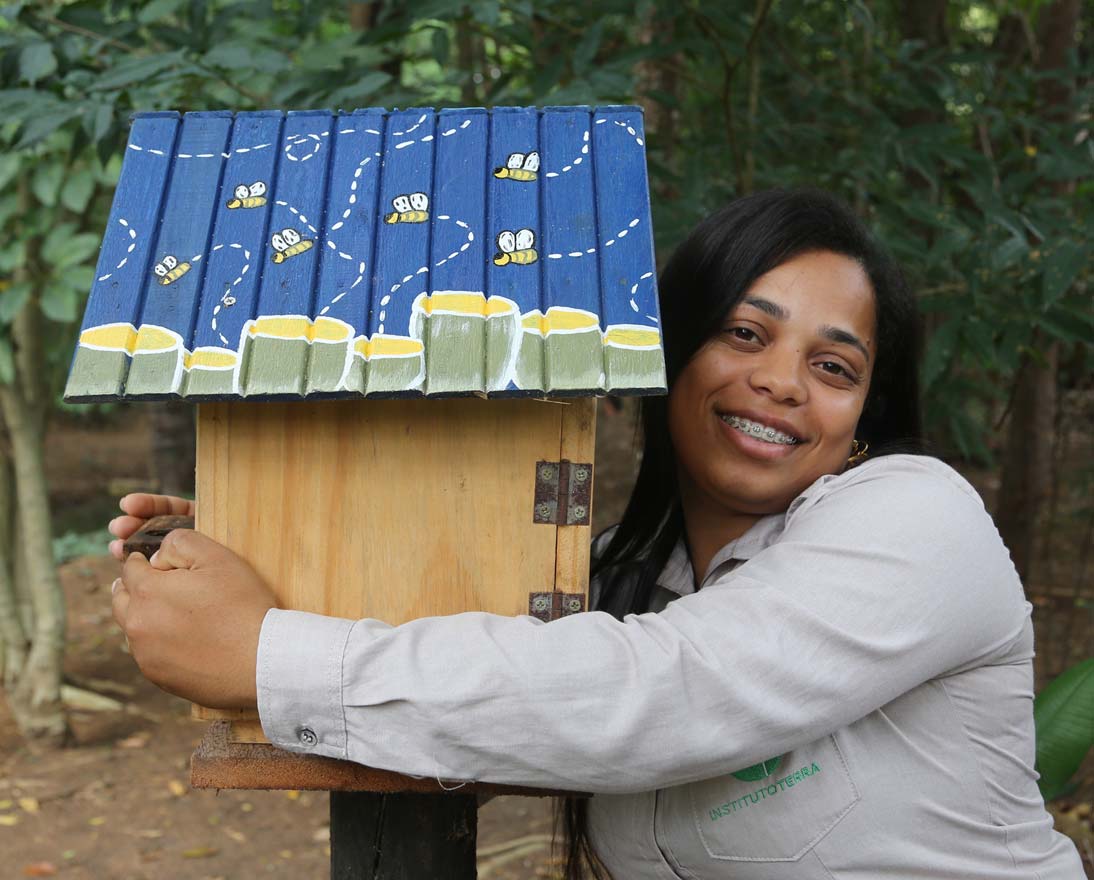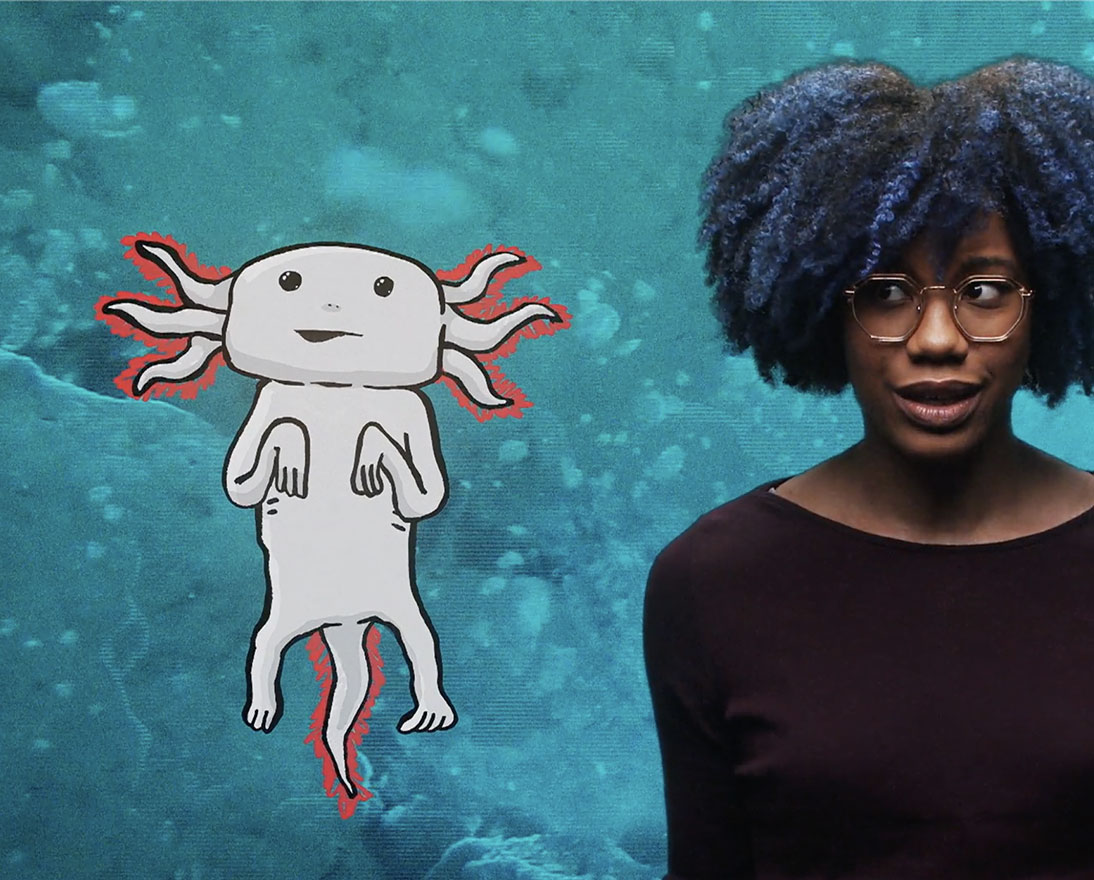Saving the endangered axolotl: A call to preserve biodiversity
BiodiversityArticleDecember 12, 2024
With its remarkable regeneration abilities, the axolotl – or Mexican walking fish – offers hope for healing the human body. But first, we must save this cute yet endangered amphibian from extinction.
There are millions of axolotls around the world. Sadly, most of them live in pet shops and home aquariums since these endearing amphibians – with the appearance of a perpetual smile – have become popular pets.
In the wild, however, axolotl numbers are very low. So low that the “Mexican walking fish” is classified as critically endangered. Despite being a cultural icon of Mexican culture for centuries (they are named after Xolotl, the Aztec god of fire and lightning), the axolotl’s habitat is under attack from rapid urbanization, pollution and invasive species.
It means that the 20cm-long, soft-skinned, water dwelling salamander is on a list with 1 million other animal and plant species that are threatened with extinction, many within decades.
This extinction crisis is another example of the destruction of our planet’s biodiversity – the life support system for humanity. Biodiversity underpins the world’s food system; sustains the quality of the air, fresh water and soils; regulates the climate; provides pollination and pest control; absorbs carbon emissions and reduces the impact of natural hazards.
Biodiversity is also nature’s medicine cabinet. An estimated 4 billion people rely primarily on natural medicines for their healthcare, and 70 percent of drugs used for cancer are natural or are synthetic products inspired by nature.
These extensive benefits of biodiversity bring us back to the axolotl. The reason for saving it is not only because of its cute smile.
Why must we protect the axolotl?
As well as inhabiting pet shops and home aquariums, axolotls are also found living in laboratories around the world due to their incredible ability to regenerate cells and body parts. They can grow back missing limbs, tails, organs, parts of the eye, and even portions of the brain.
These regenerative powers can unlock medicinal and scientific opportunities for everything from tissue repair to cancer cures. For centuries, axolotls were important for understanding how organs develop and function in vertebrates. They have helped scientists, for instance, to understand the causes of spina bifida in humans – a birth defect in which the spine doesn’t form properly, causing mobility issues.
But after centuries of inbreeding, captive populations are vulnerable to disease, while wild axolotls are close to extinction. This means scientists could lose the opportunity to learn vital information about the amphibian’s biology that could have significant benefits for human health.
Why is the axolotl endangered?
The axolotl is native to Lake Xochimilco and Lake Chalco in the Valley of Mexico. Lake Chalco was drained to allow for urban expansion, while all that remains of Lake Xochimilco are swampy remnants and a network of 106 miles (170 km) of canals crisscrossing the Xochimilco district in the southern part of Mexico City.
Not only has the axolotl’s habitat shrunk in size, but it also shares it with non-native predators. The axolotl historically sat at the top of the food chain in Xochimilco until carp and tilapia were introduced in the 1970s to provide food for the people living in the former rural area. These invasive species decimated axolotl numbers.
Pollution is another threat. Poor waste regulations mean trash, plastics, heavy metals, and high levels of ammonia from waste-treatment plants clog the canals where the axolotls live.
There are programs that breed, release and track axolotls into control ponds and canals around Xochimilco to try and retain some of their natural genetic diversity. But unless a long-term suitable home for axolotls can be created – by fixing the issues highlighted above – then their future in the wild looks bleak.
Preserving our biodiversity
Saving the axolotl is just one battle in the fight to save our planet’s biodiversity, which is declining faster than at any time in human history.
But perhaps the axolotl’s cute appearance will shine a light on the issue of biodiversity loss and the need to protect the flora and fauna that surrounds us.
If we want to preserve the axolotl’s smile – and safeguard the future of humanity – then it’s time to take decisive action to reverse biodiversity loss across the planet.
The Zurich Forest Project
Working with Instituto Terra, a Brazil-based non-profit, Zurich is helping bring back to life a part of one of the greatest forests on earth.



